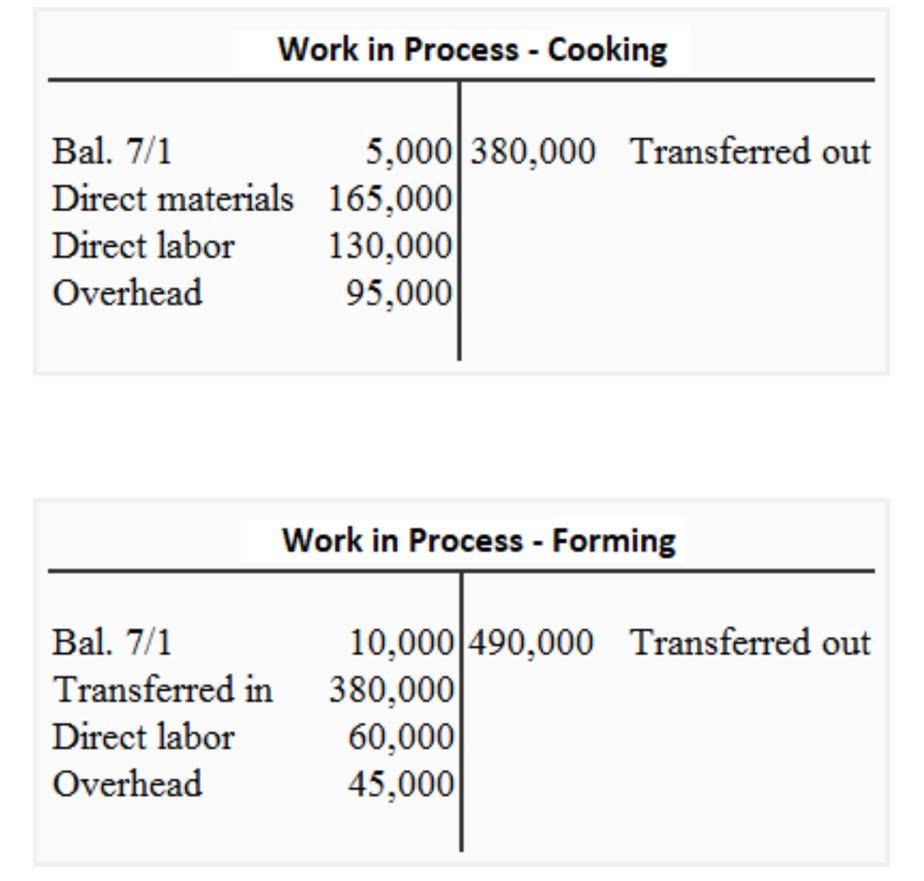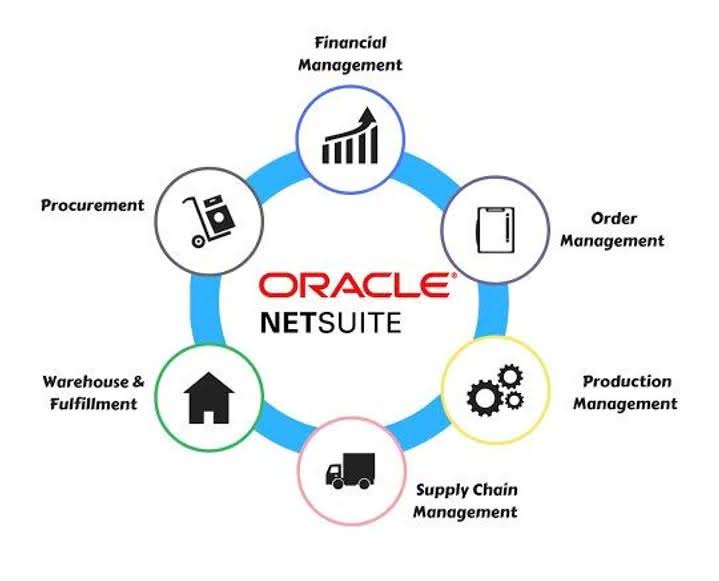
In this step, all transactions previously recorded in the journal are transferred to the relevant ledger accounts at some appropriate time. In contrast to the two-sided T-account, the three-column ledger card format has columns for debit, credit, balance, and item description. The three-column form ledger card has the advantage of showing the balance of the account after each item has been posted. It is very important for you to understand the debit and credit rules for each account type or you may not calculate the balance correctly. Notice that we give an explanation for each item in the ledger accounts. Often accountants omit these explanations because each item can be traced back to the general journal for the explanation.

Debits and credits in the context of double-entry accounting
This running account of transactions is critical for recording the day-to-day activities of the business. It is used to reconcile other records and ensure that the management has an accurate and complete picture of business activities. Every entry in a business https://www.bookstime.com/ journal must contain all critical information about a transaction. If, for example, a business owner purchases $1,000 worth of inventory with cash, the single-entry system records a $1,000 reduction in cash, with the total ending balance below it.
Which of these is most important for your financial advisor to have?
- In the journal entry, Dividends has a debit balance of $100.
- Credits decrease balance sheet asset accounts and expense accounts.
- Reviewing journal entries individually can be tedious and time consuming.
- When you enter information into a journal, we say you are journalizing the entry.
- The accounting cycle is a process businesses use to track their financial performance over a specific period of time.
Posting journal entries may sound fairly complicated, but it’s actually simpler than you might think. In this lesson we’ll learn exactly what this entails and go through an example to illustrate how it’s done. The use of the journal accounting is a three step process. If you would like to see what it looks like to move journal postings into a general ledger in Excel, watch this additional video. Double Entry Bookkeeping is here to provide you with free online information to help you learn and understand bookkeeping and introductory accounting. The Balance column in the General Ledger is used to keep a running balance in each account.
Our mission is to improve educational access and learning for everyone.
Catching mistakes early on helps you steer clear of bigger problems down the road, like inaccurate financial reports and tax filings. The Subtotal row gives you details about the subtotals for your debits and credits. Because this is a Checking (asset) account, deduct the credits from your debits to get the account’s total balance. If you don’t want to mess with posting in accounting the calculations yourself, consider investing in accounting software. With accounting software, you can record transactions in your ledger and the software handles the calculations for you. A posting is normally carried out following the preparation of a journal entry from the underlying transaction information, and is step three in the accounting cycle.Rolex replica watches, replica AP watches,hublot replica.
However, it’s still good to know how posting works, especially if there’s any errors that need to be corrected and/or traced back through the system. The T-account shows the opening and closing balances as well as the individual transactions during the period covered. As previously mentioned, the first step in the accounting cycle is the collection of the source document, and the second step is recording the journal entries.

Formatting When Recording Journal Entries
- After events are identified, they can be record in the general journal with a journal entry.
- Let us illustrate how accounting ledgers and the posting process work using the transactions we had in the previous lesson.
- In turn, your financial statements can give you a clear snapshot of your business’s finances.
- It is used to reconcile accounts and is transferred to other accounting records, such as the general ledger.
This allows you to always know how much Cash is in the account and what your Revenue is for the month so far. In the expense journal, we record a debit for the amount that went towards interest separately from the amount that reduces the balance. Other benefits to using the accounting cycle include gaining a better understanding of business operations and improving decision-making abilities.
- The balance in this account is currently $20,000, because no other transactions have affected this account yet.
- Journals record transactions in chronological order, while ledgers summarize transactions by account.
- The general ledger for each period is to be maintained separately to avoid double balancing or mess in the accounts.
- It refers to the transfer of closing balance from various accounts to the general ledger.
Do you already work with a financial advisor?
The words are often used around each other, however, there is a difference between journal entry and journal posting. Checking to make sure the final balance figure is correct; one can review the figures in the debit and credit columns. In the debit column for this cash account, we see that the total is $32,300 (20,000 + 4,000 + 2,800 + 5,500).
Using Single-Entry Bookkeeping in Journals
The credit column totals $7,500 (300 + 100 + 3,500 + 3,600). The difference between the debit and credit totals is $24,800 (32,300 – 7,500). Having a debit balance in the Cash account is the normal balance for that account. Accountants use special forms called journals to keep track of their business transactions. A journal is the first place information is entered into the accounting system. A journal is often referred to as the book of original entry because it is the place the information originally enters into the system.

Outsourcing your accounting means you don’t have to worry about making journal entries

Leave a Reply